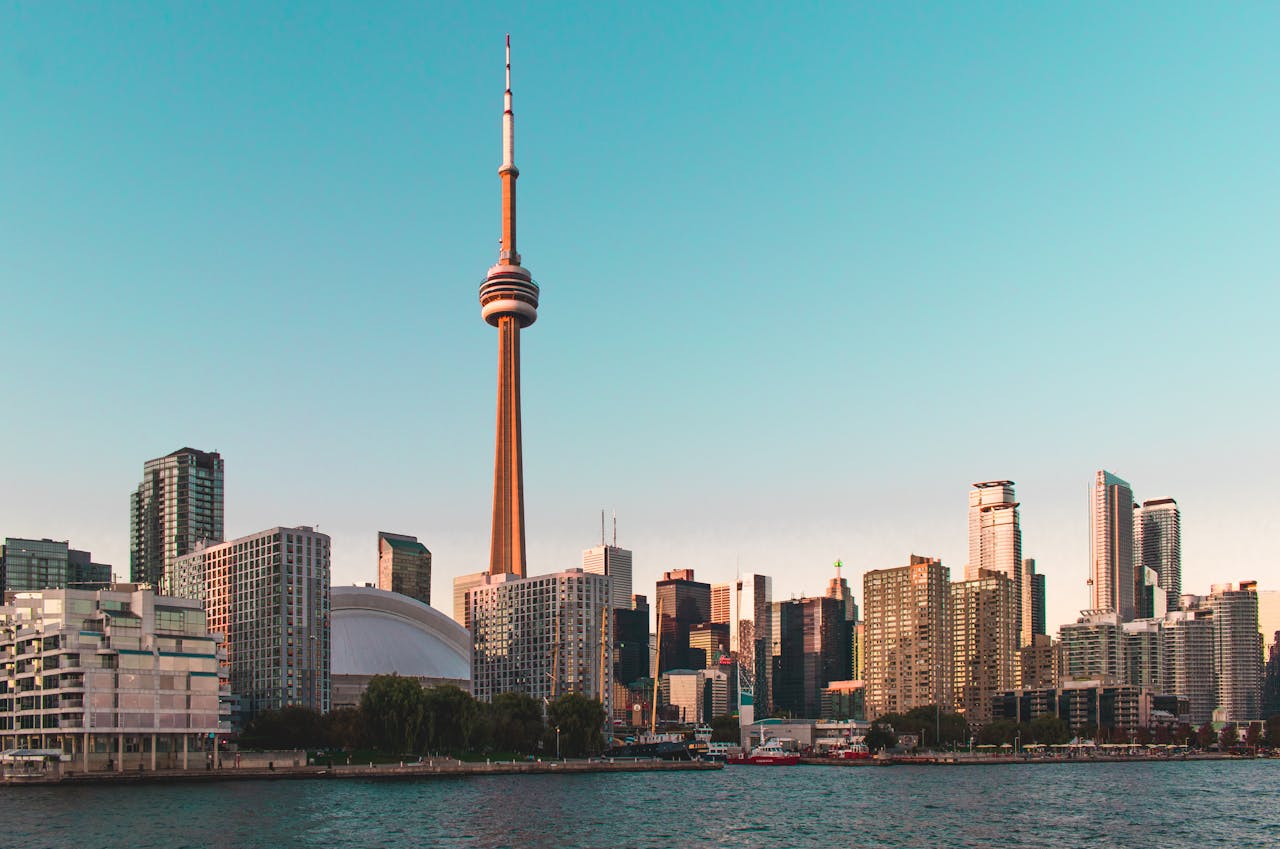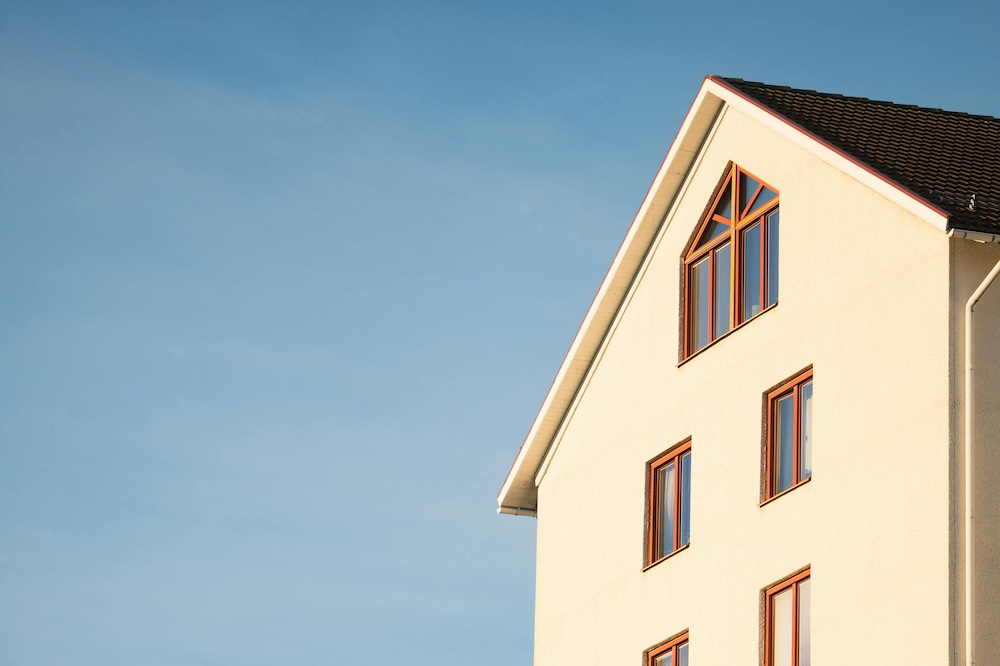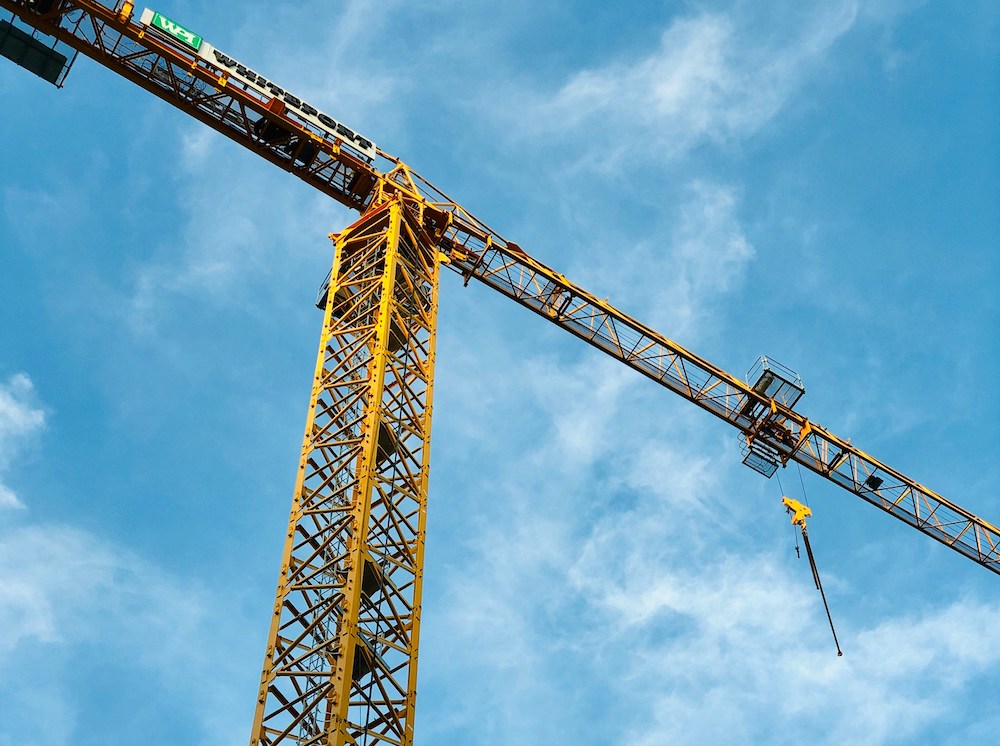If you’ve been poking around Toronto real estate blogs or listings, you’ve probably come across the term infill housing or infill lot. But what does that actually mean? And is buying a home or building one the right move for you? Let’s break it down!
Before we dive in, did you know we have a real estate podcast? Listen to The Last Honest Realtor Podcast on our website or anywhere you get your podcasts.
What’s an infill lot?
An infill lot is basically a piece of land that opens up in an already established neighborhood. Instead of creating brand new subdivisions on the edge of the city, infill lots are like “fill-in-the-gap” opportunities inside communities that are already built up. It could be an oversized side yard that gets severed into its own lot, or an older home that’s torn down to make room for something new.
If you’re not buying or selling homes all the time, you might have some questions about industry jargon. Here are a few more posts you might find interesting:
- Condo Townhouse Vs. Freehold Townhouse: What’s the Difference
- What Does SC Escape Clause (SCE) Mean?
- Real Estate Terms Every Buyer and Seller Should Know
What’s an infill house?
That’s the home built on one of those lots. Infill homes are usually brand-new builds sitting right in the middle of older, existing houses. The idea is to add modern housing options and more density to neighbourhoods people already love.
The pros of buying or building an infill home:
- Location. These lots pop up in central, desirable neighbourhoods where you’d normally only find older resale homes.
- Modern design. Infill homes are built for today’s buyers — think open layouts, big windows, energy efficiency, and sleek finishes.
- Customization. If you’re the one building, you can design it exactly the way you want.
- Value potential. A new home in a well-loved neighbourhood can hold its value really well, especially when demand for that area is high.
The cons of buying or building an infill home:
- Cost. You’re paying for the land and the new construction. It’s a big investment.
- Size and restrictions. Infill lots can be quirky in shape, and zoning bylaws or heritage rules may limit what you can actually build.
- Construction headaches. If you’re building, be ready for permits, delays, and surprise costs.
Buying a home is a pretty big decision; it’s important to educate yourself and understand where you’re willing to make compromises and what’s non-negotiable so you don’t regret your home purchase.
What else to know about infill housing:
If you’re curious about buying or building an infill home, here are a few things to keep in mind:
- Check zoning. Make sure your vision for the property actually works with local rules.
- Budget with wiggle room. Construction almost always runs higher than first estimates.
- Surround yourself with the right people. You’ll want a realtor, architect, and builder who understand infill projects (and Toronto approvals).
- Think long-term. If you love the area and want a newer home, this can be a fantastic investment.
It’s a critical part of any real estate transaction, but What does a title search mean? When is it used? Why is it important?
An infill house really does give you the best of both worlds — a brand-new home in a neighborhood that’s already loved and established. But it’s not without its complexities and costs.
If you’re thinking about exploring buying a home or checking out infill opportunities in Toronto, let’s talk. My team and I can help you weigh the pros and cons, walk you through what’s available, and make sure you know what to expect before diving in.
Get in touch with us today by filling out the form on this page, calling us at 416.642.2660, or emailing admin@torontorealtygroup.com.

Ready to Get Started?
It all starts with a conversation. Whether buying or selling, TRG can help you achieve your real estate goals. Get in touch with our team today to start the process.








